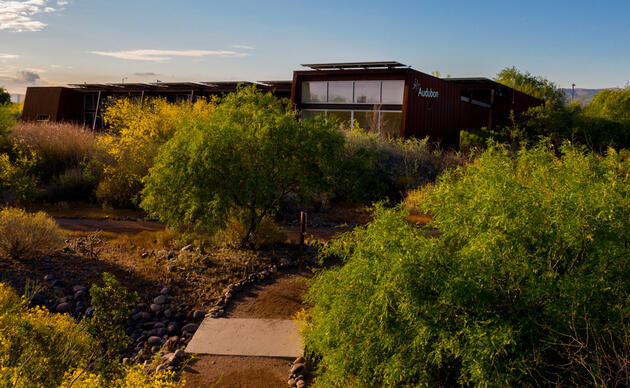By a significant margin, livestock grazing is the largest land use in the United States. With over 40% of the country used for this purpose, livestock managers play an outsized role in managing North American wildlife habitat. Unfortunately, while these acres have provided food, fiber and fuel to a growing country for the past half century, over that time we have also seen a degradation in the suitability of grazed lands as wildlife habitat resulting in grassland bird species declining faster than any other group of birds in North America.
To combat this loss, Audubon Southwest has launched our Wings Over Working Lands Initiative that will provide technical guidance and funding to ranchers interested in taking voluntary measures to improve wildlife habitat on the properties they manage. In doing so we hope to improve the condition of the habitat as well as the rancher’s bottomline by providing additional revenue for improvements to their operation through market-based incentives like Audubon’s Conservation Ranching Program and public funding from sources like the U.S. Farm Bill programs.
This initiative is supported through funding received from the US Department of Agriculture, the National Fish and Wildlife Foundation, the Rio Grande Joint Venture and the Texas Parks and Wildlife Department. With these funds we have been able to build a team of three biologists who will work throughout grasslands in New Mexico and Arizona to provide customized assistance to individual ranchers. Our hope is to improve acreage on the landscape scale to “bend the bird curve” for grassland bird species that utilize the Southern Plains in great numbers during the winter season.






